CIRCLE 8 RANCH
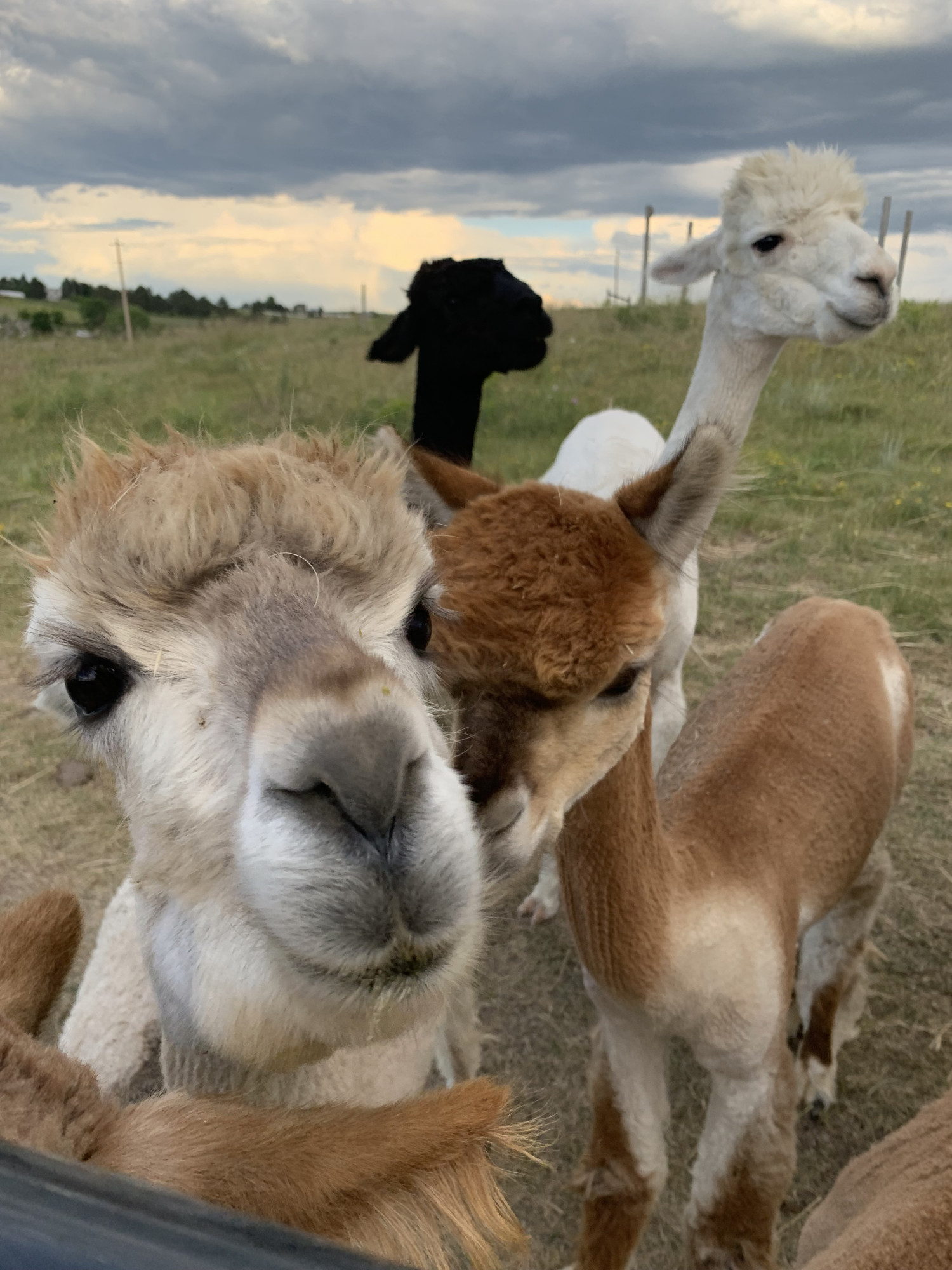 This handsome fuzzy nose and beautiful eyed boy smiling for the camera is el toro
This handsome fuzzy nose and beautiful eyed boy smiling for the camera is el toro
OUR ALPACAS
meet our boys
Rodrigo, the floofy shy guy on the left, is not only a quiet aloof stand offish boy, but a gentle observer with amazingly long staple length. His buddy Noah to the right is a chubbo who loves eating crunchies out of your hand.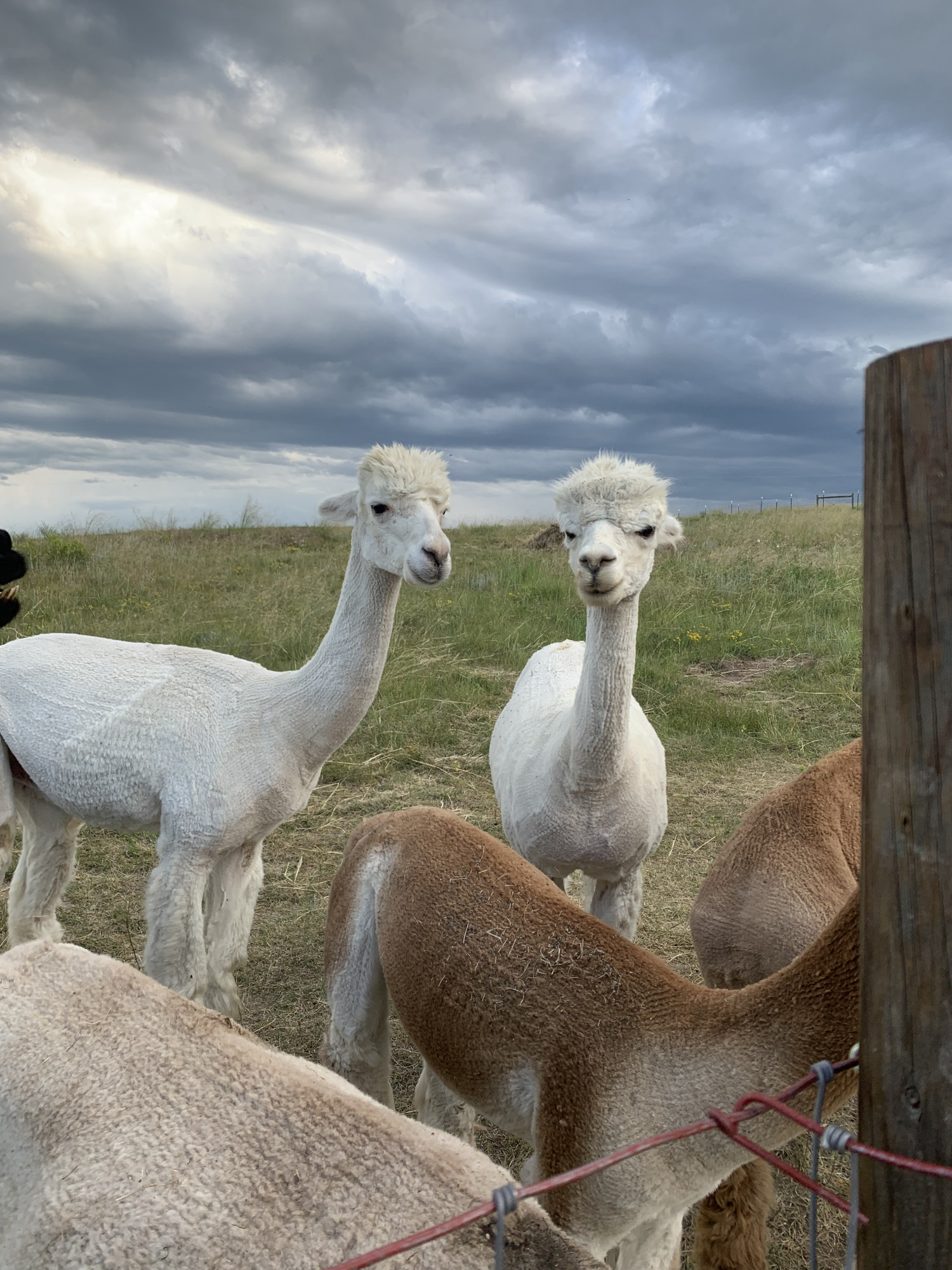
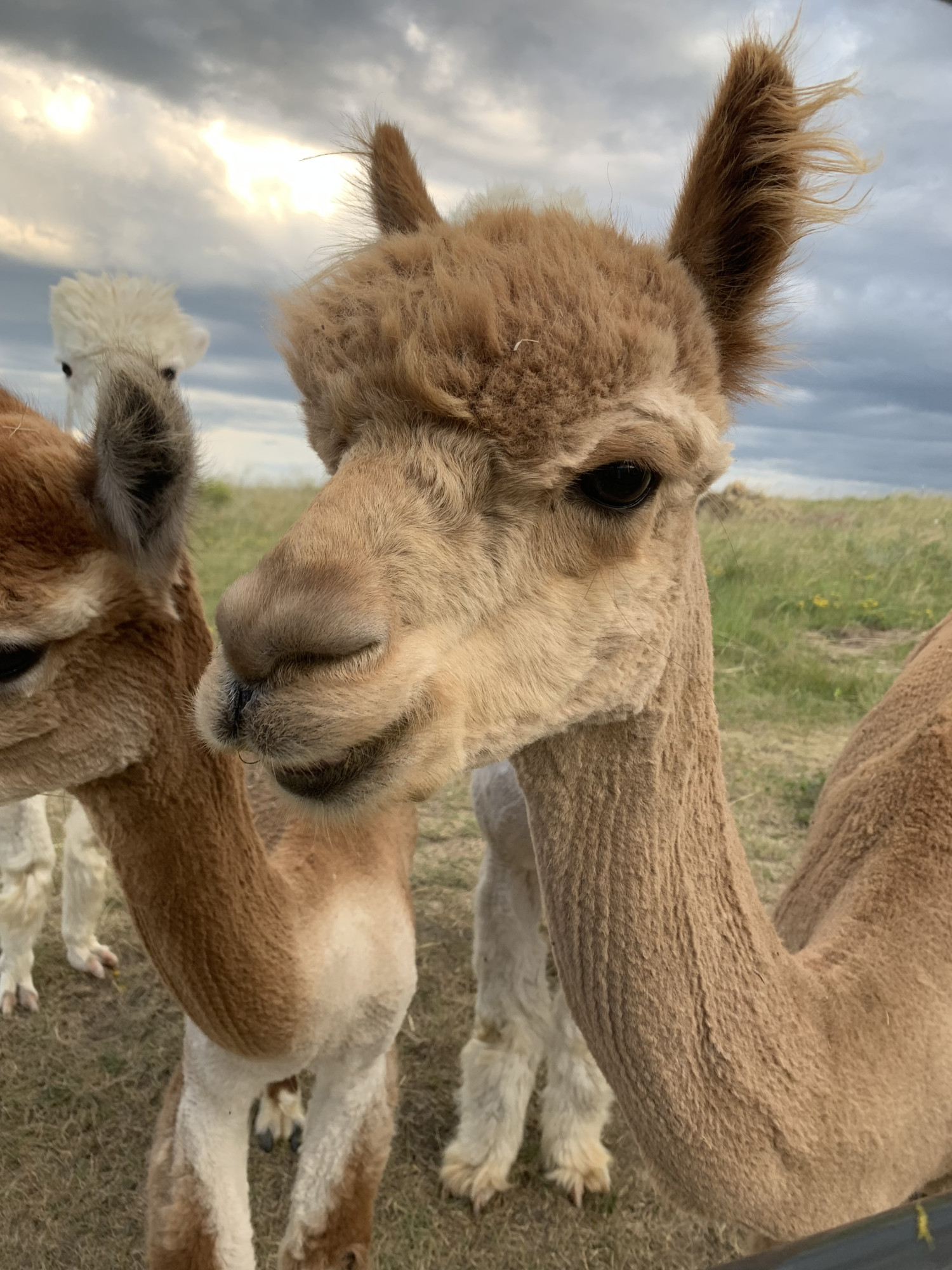

This is where you'll find out more about the quirks each of our fuzzy boys has...

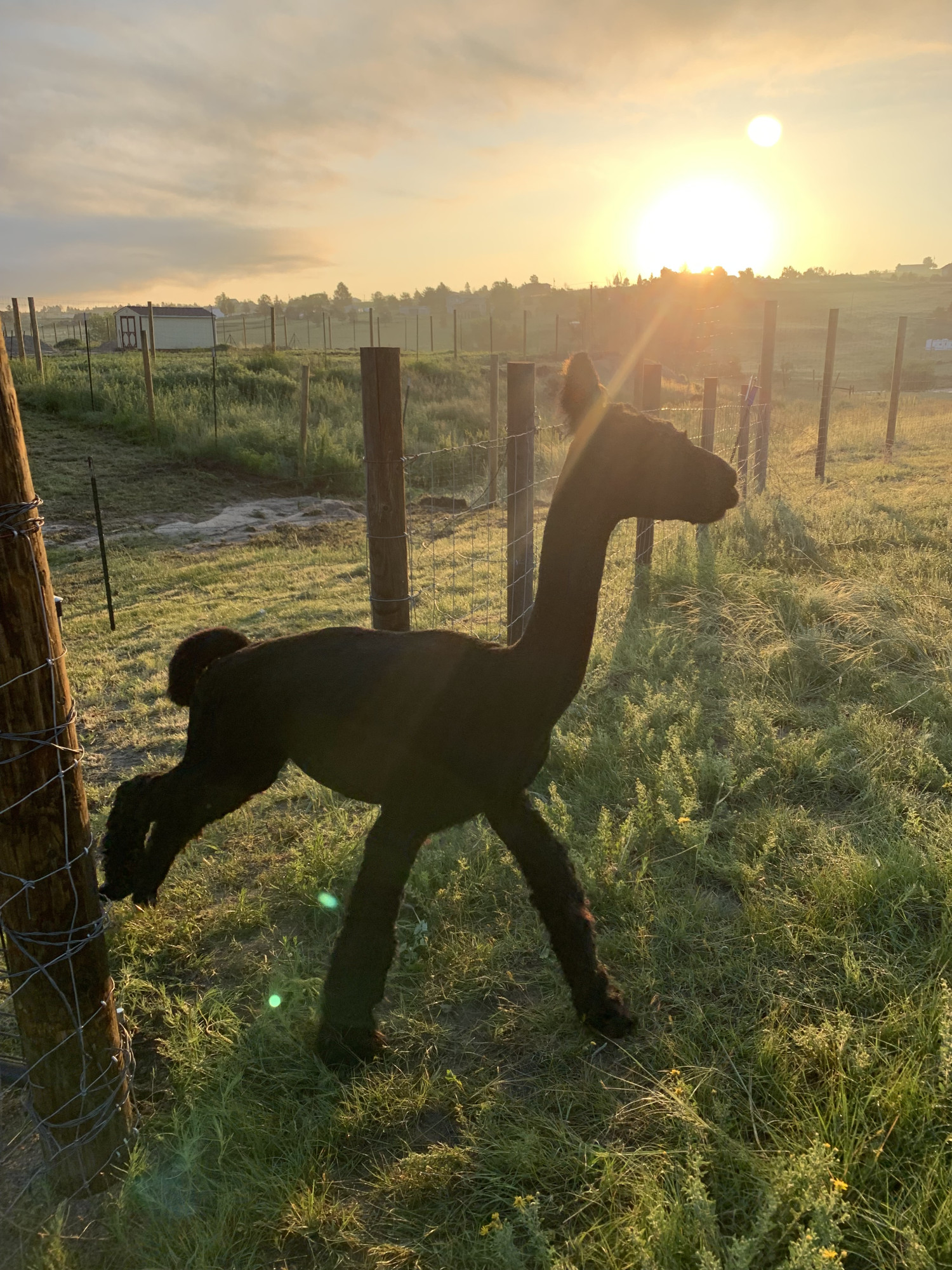
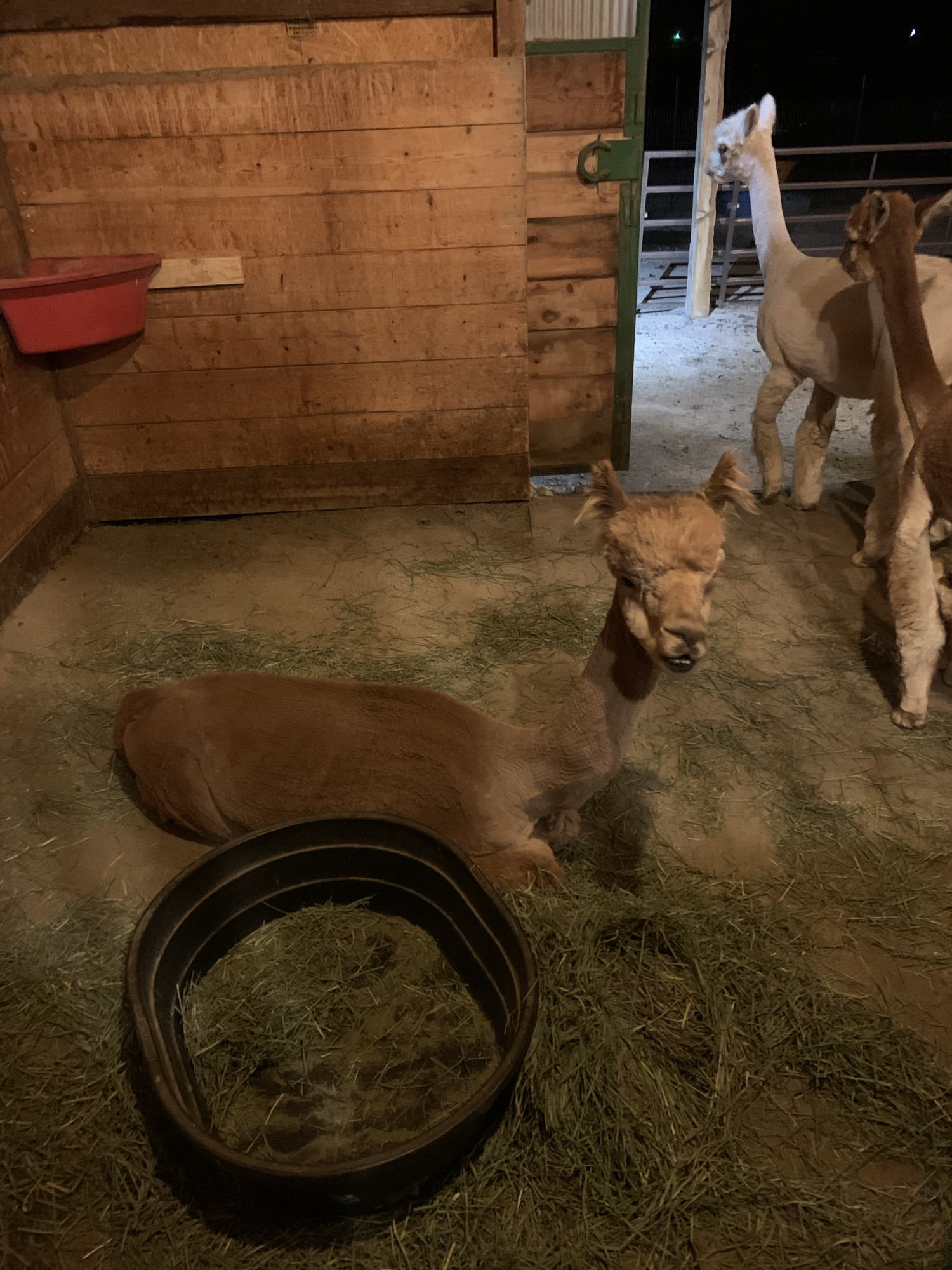
Handspun & Homegrown
floofy SQUISHY ALPACAS have the best most luxurious fleece because they are happy, healthy, and loved
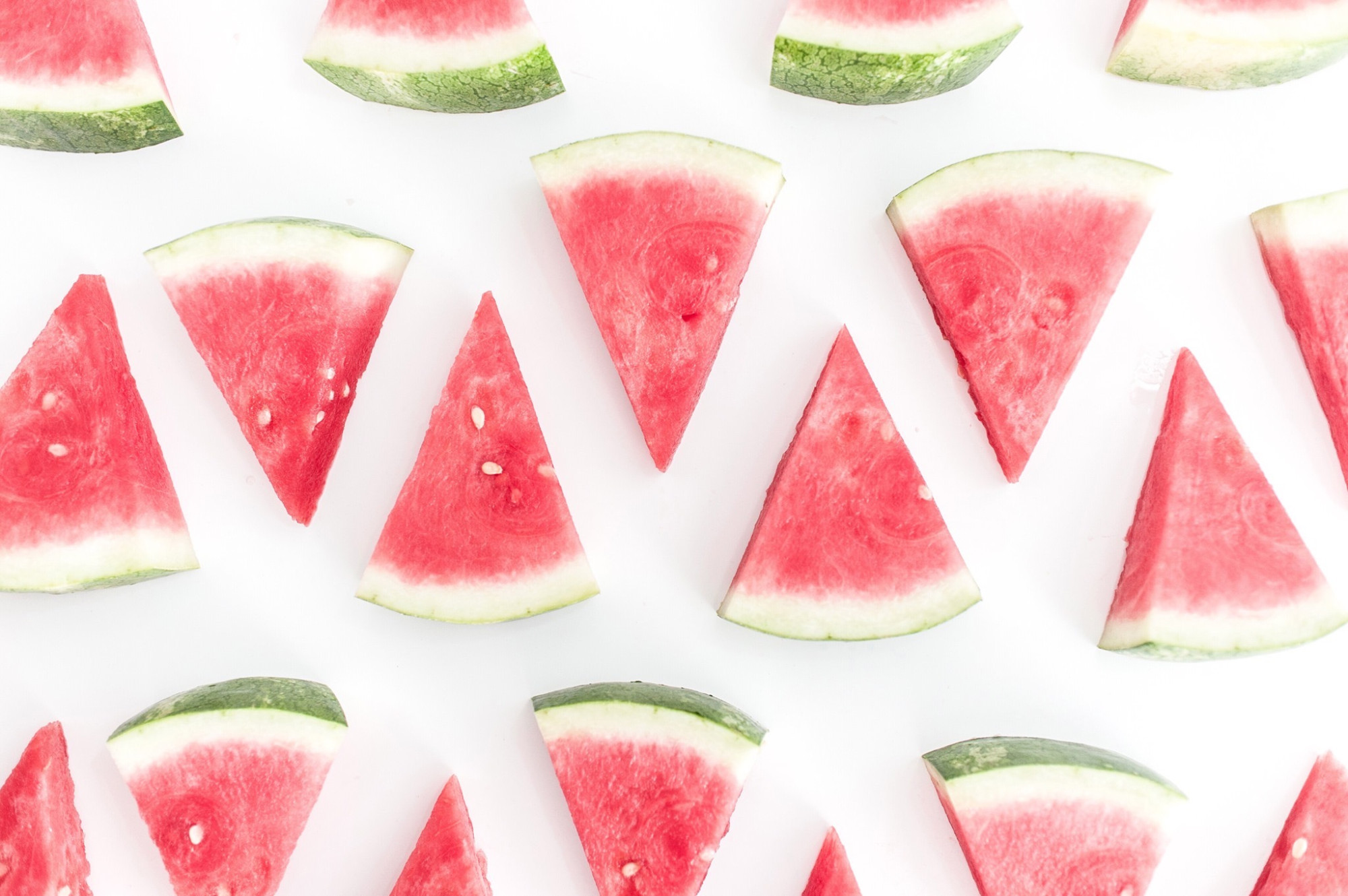
circle 8 ranch has one of a kind fleece for your fiber needs
Frequently asked ALPACA questions
How do I wash my alpaca garments? Cold water, gentle hand washing only
Is an alpaca like a llama? Yes, it is LIKE a llama, but it is a different creature from the same family - Camelid. Llamas are larger, have different ears and fiber, as well as body structure, but they are both very similar to their relatives the camels, vicuñas, and guanacos.
What colors do alpacas come in? White, beige, light fawn, medium fawn, dark fawn, light brown, medium brown, dark brown, bay black, true black, light silver grey, medium silver grey, dark silver grey, light rose grey, medium rose grey, and dark rose grey.
Do they spit? Yep, and I have plenty of experience to prove it. They spit at each other to show dominance, when they are disgruntled, and even sometimes over food.
What do I need to know about alpacas? They can and will kick if they get annoyed or tickled on their body or need some space. I have never been kicked, so far.
What do they eat? Some have been known to eat oranges and I tried offering some strawberries, but nobody was interested. They eat grass, hay, and special alpaca crunchies we buy in feed sacks.
Where do they originally come from? Alpacas were imported into the United States in 1984 for the first time. They live in Peru and the Andes as pack animals, but are also used for fleece as their main resource. A life span of roughly 8-10 quality fleece producing years means they end up as meat and hide in South America once their floof production goes downhill.
Can I knit and crochet with alpaca fleece? Yes! You can do both. You can also weave with it. Some people love to needle felt, too!
Is it hypoallergenic? Yes. Certain people have adverse skin issues and reactions with wool, but alpaca fleece has no lanolin and is a preferred alternative.
How long do alpacas live? Typically alpacas live to be around 20 years old in the United States. The oldest alpaca was 27 years old.
Are alpacas good for things besides fleece? Absolutely! Their poop is called beans and is an excellent fertilizer because it does not need to sit prior to additions to gardens. Other manure must be composted or aged so it does not chemically burn the soil and vegetation, like horse manure for example which has to rest.
What kind of teeth do alpacas have? They have lower teeth in the front and males have fighting teeth in the back which need to be removed so they don't puncture other males' testicles in altercations. Their upper palate has no teeth in front.
Can you train alpacas? Definitely. Alpacas are a wonderful animal for showing, haltering, leading, and training. Ours love crunchies and will happily eat out of our hands. Not all do, so be patient and know they have personalities as different as humans do.
Why do people have alpacas? This is a hard one to answer. Lots of homesteaders love alpacas because they produce a beautiful fiber that is great for dyeing, spinning, knitting, crocheting, weaving, and selling. Farmers may breed and sell alpacas as a business, or a hobby. Ranches with alpacas show them in events, fairs, competitions at national levels garnering ribbons and a mighty high price for their sperm and bloodlines. No matter the reason, their cute faces make almost everyone smile and giggle whether they are floofed out and fuzzy or sheared short with summer haircuts.



